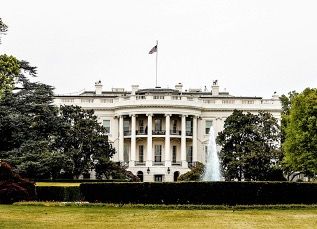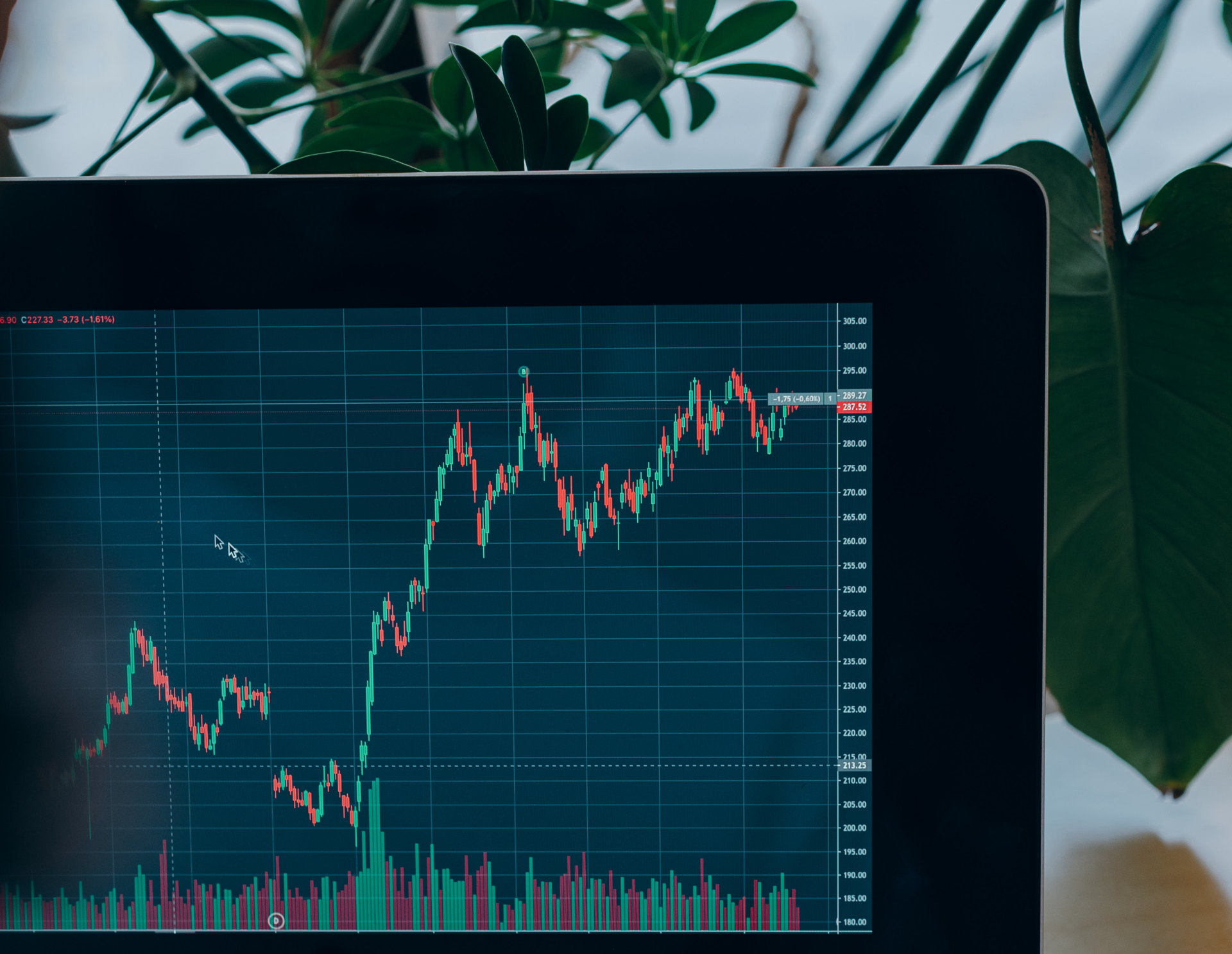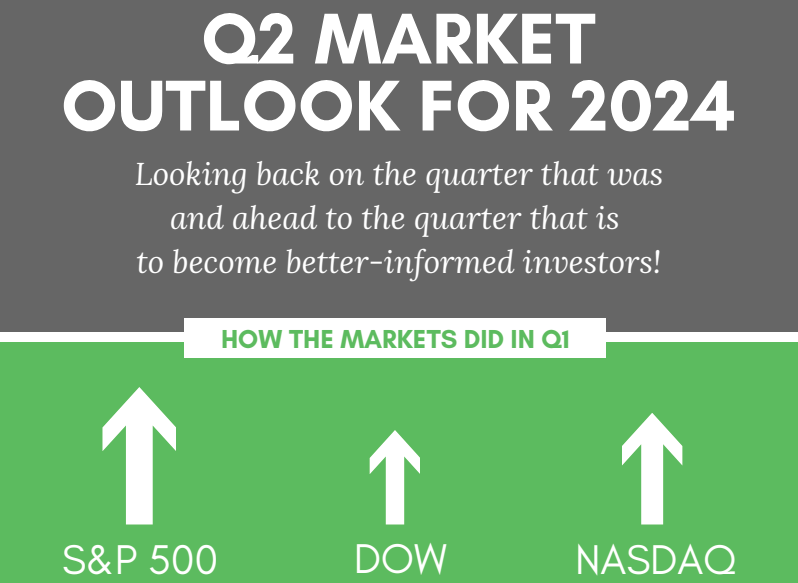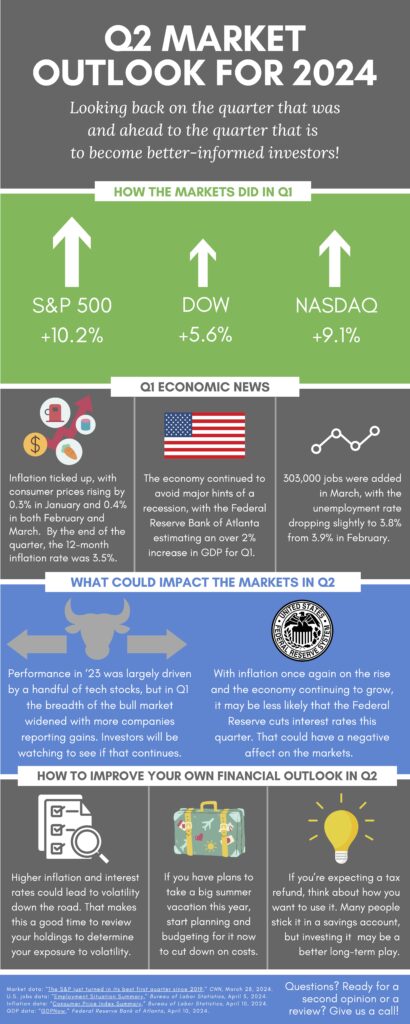Q3 Financial Checklist
In 2004, a NASA pilot named David Oberhettinger was flying himself and two passengers toward Palm Springs in California. Just as he was about to radio the nearest airport for permission to land, a “dense black smoke” began to fill his cockpit.1 It was immediately clear what was wrong: An electrical fire had broken out in his plane.
Nobody wants to panic at 8,000 feet above the ground. Luckily, Oberhettinger kept his head and immediately swapped his Descent for Landing checklist for the In-Flight Electrical Fire checklist. It listed five specific steps for averting disaster: (1) Master Switch to Off (2) Other Switches (Except Ignition) to Off (3) Close Vents/Cabin Air (4) Extinguish Fire (5) Ventilate Cabin.
As Oberhettinger later described it, completing the checklist “took maybe 90 seconds.” 1 The rest of the flight was a smooth, uneventful landing. For Oberhettinger, the crisis “hardly caused a significant increase in heart rate, because I just followed the checklist.” 1
There is a real power in checklists. They can prevent us from panicking, or from having to rely on our memory more than we have to. They prevent us from making the wrong decision at the worst time. And while the checklists we create as financial advisors don’t usually involve the life-or-death drama of a pilot checklist, they are vital all the same.
With that in mind, we’ve created a new checklist specifically for the third quarter of the year. This checklist has six steps. Don’t worry, they’re not difficult! You may have handled some already. Others may not even apply to you. But each task is important in its own way. Put them all together and you will be more likely to enjoy a smooth and uneventful flight towards your financial goals. And while you won’t be able to complete the checklist in 90 seconds, 90 days should be more than ample. As always, if you need help or have questions about any of these, please let me know. In the meantime, we hope you have a great third quarter…and a wonderful summer!
Q3 Financial Checklist for 2024
Tip: Print this out and stick it on the fridge or somewhere else it will be seen. That way, you can check off the items one by one as you complete them!
- Reprioritize Your Goals
With the year now half over – where did the time go? – you may find that you have already accomplished some of the goals you set for yourself this year. Others may be behind schedule; some may still just be words on paper. That’s okay! Working towards our goals should always be a marathon, not a sprint. That makes this a good time to reprioritize your goals. Do you have new goals that you didn’t have in January? If so, write them down. Are there older objectives that need to be given more attention? If so, determine where they need to be placed on your schedule. By doing these things, you can ensure that the back half of 2024 is as productive and fruitful as possible.
- Fund Your Child/Grandchild’s Education
It’s summer vacation now, but Back-to-School season will be here before you know it. If you have any children or grandchildren whom you want to ensure receive a higher education, use Q3 to either set up a new education funding account or contribute to one you already have. From 529 Plans to Coverdell Education Savings Accounts, you have many options to choose from. The key is choosing the right one for you, and then contributing to it consistently. Please let us know if you need any guidance on this – we’d be happy to help!
- Check Your Credit Reports
Credit reports aren’t just for getting loans – they’re a handy early-warning system for fraud and identity theft. A good rule of thumb is to check your credit reports at least once per year. If you haven’t checked yours yet in 2024, now is the best time to do so. Be on the lookout for recent changes that don’t look familiar to you as well as “hard inquiries.” This is when a business checks your credit report because they received a new application for credit or services. These can impact your score and stay on your reports for two years or so. They can also show you when people are trying to use your information illicitly.
- Review Your Beneficiaries
If you’ve had any major life changes – or if anyone in your family has – it’s a good idea to conduct a “beneficiary audit.” Is everything still accurate and up to date? If not, adjust your will and estate plan now so that your loved ones will always be taken care of, and your legacy ensured.
- Pay Off Any Debts Incurred Earlier This Year
It’s not uncommon to rack up debts during the first half of the year. From vacations to home renovations to new purchases, it’s easier than ever to reach for the nearest credit card. There’s nothing wrong with that – so long as those debts don’t linger and grow. Pay them off now, if possible — or at least make a dent — so they don’t weigh you down as you work toward your long-term goals.
- Evaluate Your Auto-Pay Bills
Finally, if you’ve placed bills on autopay, be sure that the card or bank account the various companies have on file is correct. Review whether certain bills have gone up, and whether there are less expensive options to consider. And be sure to cancel any subscriptions you no longer need!
“Why do I love checklists? Because in 2004 a checklist helped avert what could have been some serious unpleasantness. And because rather than letting my imagination run amok to my detriment (otherwise known as “panicking”), effective use of checklists allow me to direct my imagination to more productive purposes.”
— David Oberhettinger, former NASA Pilot and Chief Knowledge
Officer Emeritus at the Jet Propulsion Laboratory1
1 David Oberhettinger, “Why I Love Checklists,” NASA, appel.nasa.gov/2015/08/26/my-best-mistake-david-oberhettingers-why-i-love-checklists/










